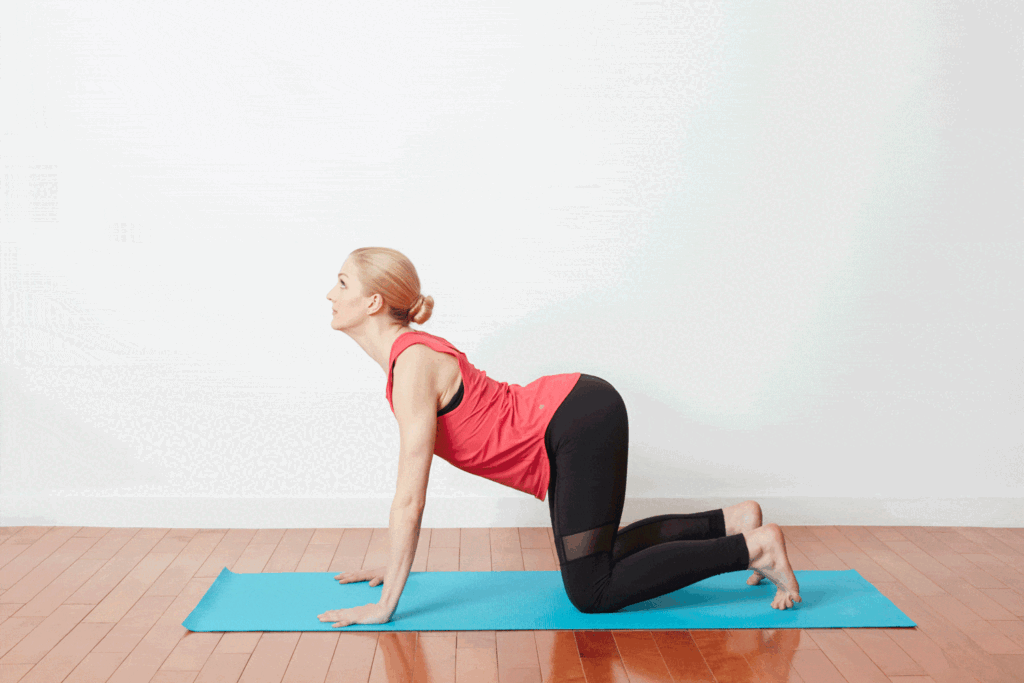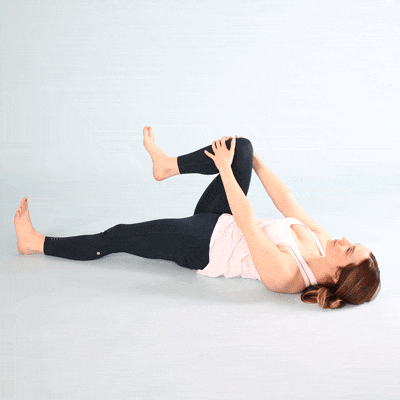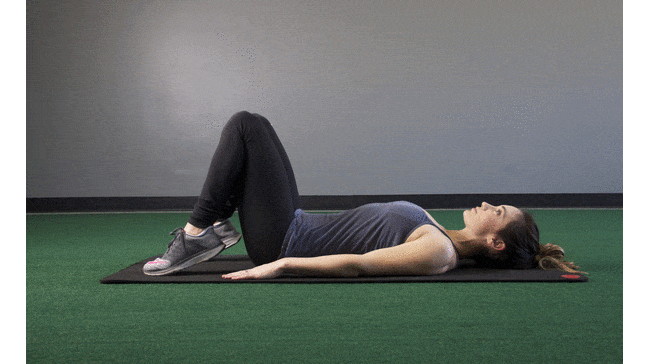Lumbar spondylosis, a common degenerative condition affecting the spine, can cause discomfort and reduced mobility. However, incorporating specific exercises into your routine can help manage symptoms and improve overall spinal health.
In this blog post, we’ll explore lumbar spondylosis exercises that target key areas to alleviate pain and enhance flexibility.
Understanding Lumbar Spondylosis:
Before delving into exercises, it’s crucial to understand lumbar spondylosis. This condition involves degenerative changes in the spine, typically occurring with age. The intervertebral discs, facet joints, and ligaments may undergo wear and tear, leading to pain, stiffness, and reduced range of motion in the lower back.
Exercises for Lumbar Spondylosis:
1. Pelvic Tilts:
- Starting Position:Lie on your back with knees bent and feet flat on the floor.
- Execution:Tighten your abdominal muscles.Gently tilt your pelvis upward, flattening your lower back against the floor.
- Repetition:Hold for a few seconds and then release.
- Repeat 10-15 times.
2. Cat-Cow Stretch:

- Starting Position:Begin on hands and knees in a tabletop position.
- Execution:Inhale and arch your back (Cow position), lifting your head and tailbone.Exhale and round your back (Cat position), tucking your chin to your chest.
- Repetition:Repeat the sequence for 10-15 repetitions.
3. Knee-to-Chest Stretch:

- Starting Position:Lie on your back with both knees bent.
- Execution:Bring one knee towards your chest, holding it with both hands.
- Duration:Hold for 20-30 seconds.Switch legs and repeat 2-3 times on each side.
4. Bridge Exercise:

- Starting Position:Lie on your back with knees bent and feet hip-width apart.
- Execution:Lift your hips towards the ceiling, engaging your glutes.
- Repetition:Hold for a few seconds and then lower back down.
- Repeat 10-15 times.
5. Seated Forward Bend:

- Starting Position:Sit on the floor with legs extended straight in front of you.
- Execution:Hinge at your hips and reach towards your toes, keeping your back straight.
- Duration:Hold for 20-30 seconds.
6. Partial Crunches:

- Starting Position:Lie on your back with knees bent and hands behind your head.
- Execution:Lift your head and shoulders off the ground, engaging your abdominal muscles.
- Repetition:Lower back down and repeat for 10-15 repetitions.
Remember to perform these exercises with controlled and deliberate movements. If you experience any pain or discomfort, it’s crucial to consult with a healthcare professional before continuing. Adjust the intensity and repetitions based on your comfort level and gradually progress as your strength and flexibility improve.
Conclusion:
Incorporating targeted exercises into your routine can be an effective way to manage lumbar spondylosis symptoms. Consistency is key, and combining these exercises with a holistic approach to health, including proper nutrition and regular aerobic activity, can contribute to a healthier spine and improved overall well-being. Always listen to your body, start slowly, and gradually increase intensity to ensure a safe and beneficial exercise routine.


